As the winter chill begins to fade and the promise of spring beckons, senior golfers eagerly anticipate the start of a new season on the fairways. Whether you’re a seasoned veteran or a newcomer to the game, preparing for the upcoming golf season is essential for maximizing enjoyment and performance on the course. In this comprehensive guide, we’ll explore a variety of tips, strategies, and considerations to help senior golfers prepare effectively for a successful and fulfilling season of golf.

Senior Golfers: Preparing for a New Season of Senior Golfing
a. Flexibility and Mobility: Prioritize flexibility and mobility exercises to ensure freedom of movement and prevent injury during your rounds. Incorporate dynamic stretches and yoga poses that target key areas such as the hips, shoulders, and spine.
b. Strength Training: Engage in strength training exercises to maintain muscle mass and power in your swing. Focus on exercises that target the core, legs, and upper body, such as squats, lunges, and resistance band exercises.
Before embarking on any sport, it is essential to assess your physical fitness, especially as a senior golfer. Schedule a visit with your doctor to ensure that you are in good health and receive any necessary recommendations.
Legal stuff
c. Endurance Training: Improve cardiovascular endurance with activities like walking, jogging, or cycling. Building endurance will help you stay energized and focused throughout the duration of your rounds.
d. Balance and Stability: Enhance balance and stability through specific exercises and drills designed to strengthen the core and improve proprioception. Balance boards, stability balls, and single-leg exercises can all contribute to better stability on the course.

a. Practice Your Swing: Dedicate time to practice your golf swing on the driving range or in a simulator. Focus on key fundamentals such as grip, stance, alignment, and posture, and work on refining your technique with the help of a qualified instructor if needed.
b. Short Game Practice: Allocate ample time to practice your short game, including putting, chipping, and pitching. The short game often accounts for a significant portion of your total score, so honing your skills in this area can lead to lower scores and greater confidence on the course.
c. Course Management: Study the layout of the courses you plan to play and develop a strategic approach for navigating each hole. Identify potential hazards, landing areas, and optimal angles of approach to maximize your chances of success.
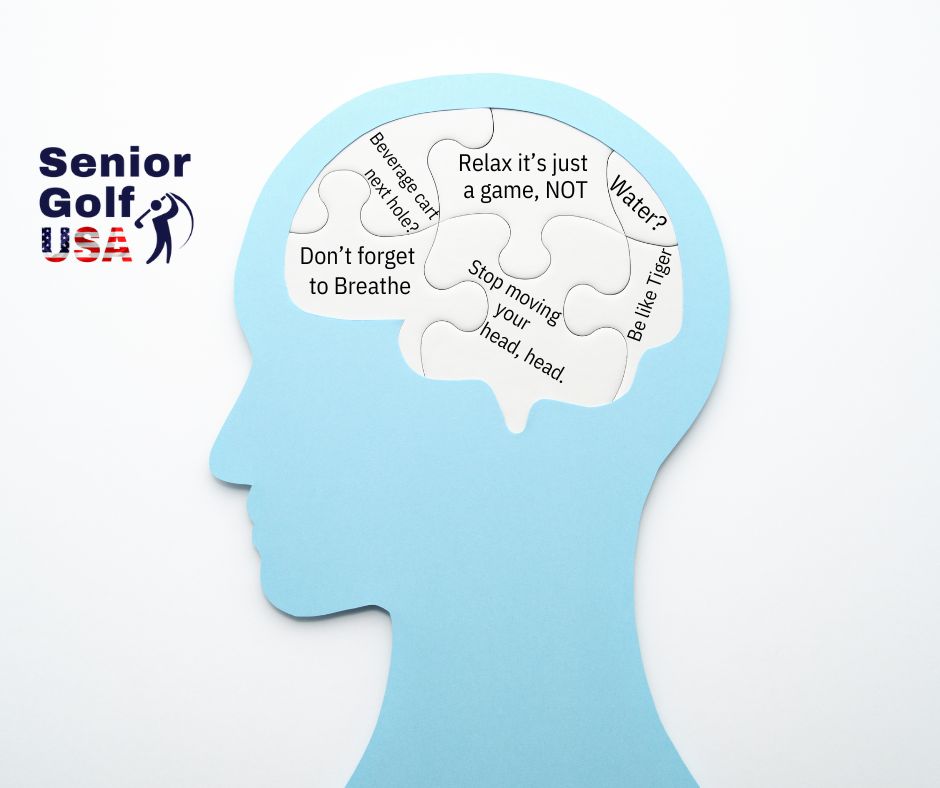
d. Mental Preparation: Cultivate a positive mindset and mental resilience to handle the ups and downs of the game. Practice visualization techniques to visualize successful shots and scenarios, and develop a pre-shot routine to help you stay focused and composed under pressure. Setting clear goals is an excellent way to keep your motivation and focus high throughout the golf season. Start by identifying specific areas of improvement or milestones you want to achieve. It could be lowering your handicap, improving your putting accuracy, or enjoying the game more with friends. Break down larger goals into smaller, manageable steps, and create an action plan to work towards them. Regularly reviewing and adjusting these goals will keep you on track and motivated.
e. For senior golfers looking to take their game to the next level, seeking professional guidance is highly beneficial. A golf instructor or coach can offer valuable insights, identify areas for improvement, and provide tips and techniques specific to your needs. Working with a professional can help you refine your swing mechanics, improve your short game, and develop effective course management strategies.
- Equipment and Gear:
a. Club Fitting: Schedule a club fitting session with a qualified professional to ensure that your equipment is properly fitted to your swing characteristics and preferences. Customized clubs can improve consistency, distance, and accuracy, leading to better performance on the course.
b. Check Your Gear: Inspect your golf clubs, balls, shoes, and other equipment to ensure they are in good condition and free from any damage or defects. Replace worn-out grips, spikes, or other components as needed to maintain optimal performance.
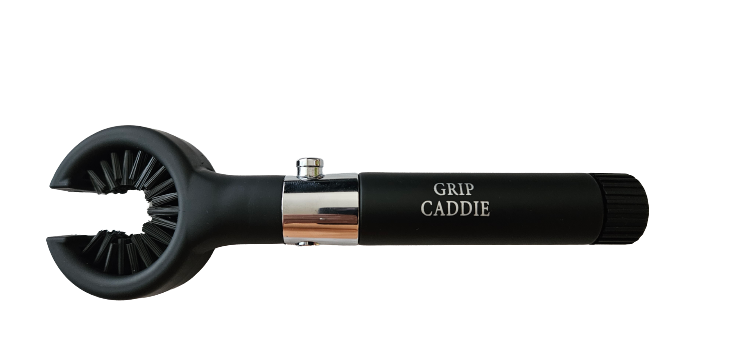
We like The GripCaddie
Says goodbye to cumbersome brushes and hello to quickly restoring your grips to their optimal condition. New grips lose their stickiness after a while, dirt, oil, sunscreen, and dust build-up on the grip, making it difficult to grip lightly and causing you to unconsciously tighten your grip in an attempt to control the club.
We may earn a commission, at no additional cost to you.
c. Dress for Success: Invest in high-quality golf apparel that provides comfort, protection, and freedom of movement on the course. Choose lightweight, moisture-wicking fabrics that keep you cool and dry in warm weather, and layer up with thermal garments for cooler temperatures.

a. Stay Hydrated: Drink plenty of water before, during, and after your rounds to stay hydrated and maintain peak performance. Dehydration can lead to fatigue, cramps, and diminished focus, so make hydration a priority both on and off the course.
b. Eat a Balanced Diet: Fuel your body with a balanced diet rich in lean proteins, complex carbohydrates, healthy fats, vitamins, and minerals. Incorporate nutrient-dense foods like fruits, vegetables, whole grains, and lean meats to provide sustained energy and support recovery.
c. Snack Smart: Pack nutritious snacks to keep you fueled and energized during your rounds. Opt for portable options like trail mix, granola bars, fresh fruit, or nut butter packets that provide a combination of carbohydrates, protein, and healthy fats.

We like Noka Superfood Fruit Smoothie Pouches Variety Pack, Healthy Snacks with Flax Seed, Prebiotic Fiber and Plant Protein, Vegan and Gluten Free, Organic Squeeze Pouch.
We may earn a commission, at no additional cost to you.
- Injury Prevention:
a. Listen to Your Body: Pay attention to any signs of discomfort or pain during your rounds or practice sessions, and don’t ignore them. Rest and seek medical attention if you experience persistent pain or injury symptoms to prevent further damage.
b. Warm Up and Cool Down: Prioritize proper warm-up and cool-down routines before and after your rounds to prepare your body for activity and promote recovery. Incorporate dynamic stretches, mobility exercises, and foam rolling to improve flexibility and reduce muscle tension.
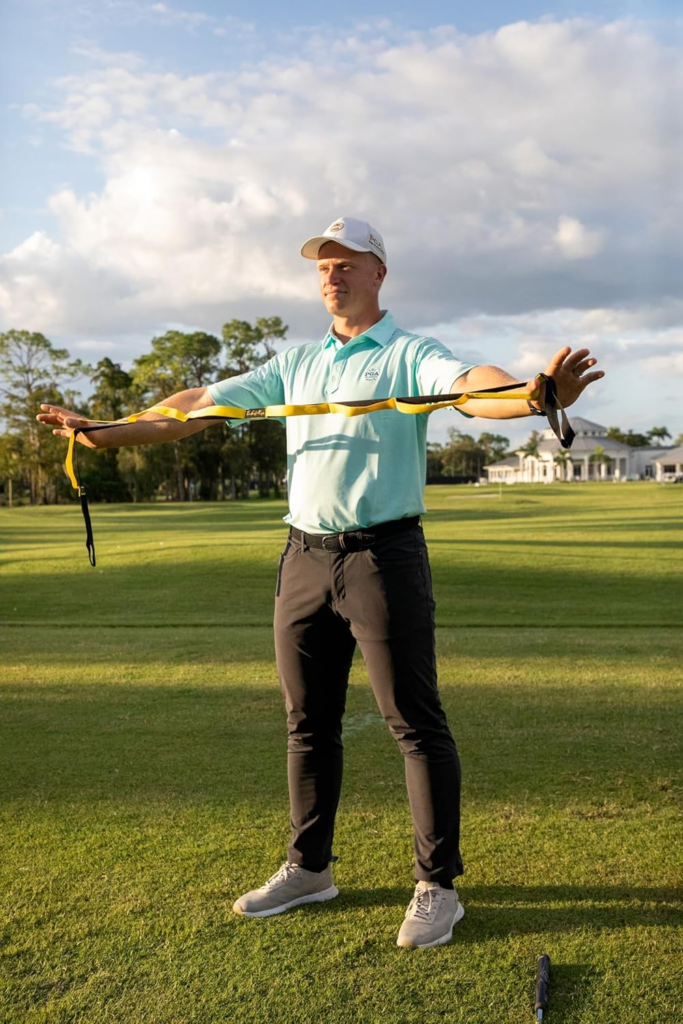
We like The Golf Rope
The Golf Rope is here to revolutionize your pre-round warm-up routine and help you stay injury-free, so you can focus on what you love – perfecting your golf swing.
We may earn a commission, at no additional cost to you.
c. Practice Good Posture: Maintain proper posture and alignment throughout your rounds to reduce the risk of injury and strain on your joints and muscles. Focus on maintaining a neutral spine, balanced weight distribution, and relaxed grip pressure to promote optimal biomechanics.
Conclusion:
Preparing for a new season of senior golfing requires a comprehensive approach that addresses physical conditioning, golf-specific training, equipment and gear, nutrition and hydration, and injury prevention. By incorporating these tips and strategies into your preparation routine, you can enhance your physical fitness, sharpen your skills, optimize your equipment, and cultivate a positive mindset to achieve success and enjoyment on the fairways. Whether you’re aiming to lower your scores, improve your technique, or simply have more fun on the course, proper preparation is key to unlocking your full potential as a senior golfer. So lace up your golf shoes, grab your clubs, and get ready to tee off into a season filled with unforgettable moments and rewarding experiences on the links.
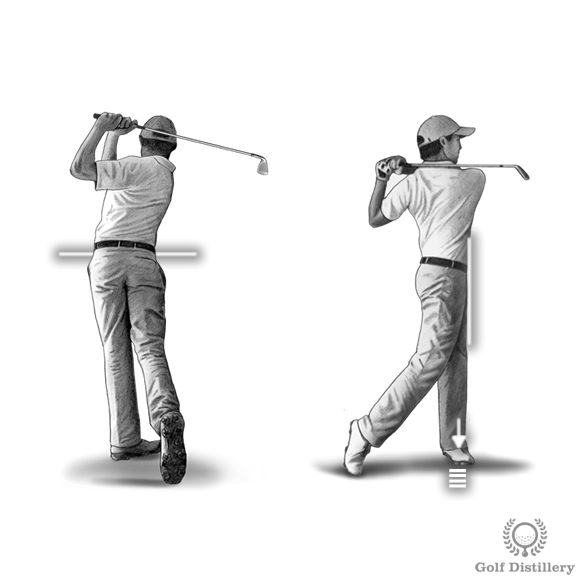
Follow Through by Golf Distillery
Illustrated Checklist & Tips
Use the golf tips below in order to improve your golf follow through. This swing sequence occurs immediately after the release and extension and will see your golf swing come to an end.
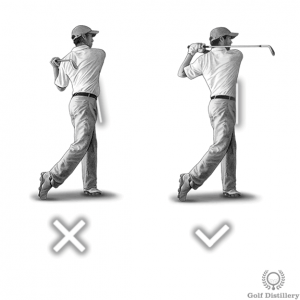
Hips Should Face the Target at the Follow Through
At the end of the follow through your hips should be square to the target, meaning that they should be facing the target directly. This is in contrast to an over rotation that see the hips go past square and to the left of the target, which is indicative of over upper body rotation. It is also in contrast to an incomplete swing that see the hips never reach the point where they face the target.
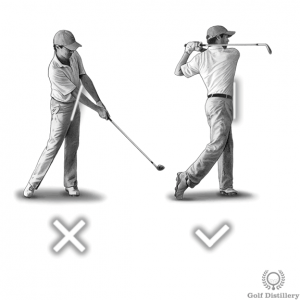
Full Follow Through (Don’t Quit At Impact)
While it does occur after the ultimate impact with the ball the follow through is still an integral part of the golf swing and one that should not be sloppily executed.
Indeed, a good follow through and finish position will require a proper journey on the way there. This is in contrast to golfers who simply quit their swings after impact, which highlight deceleration or blocking issues.
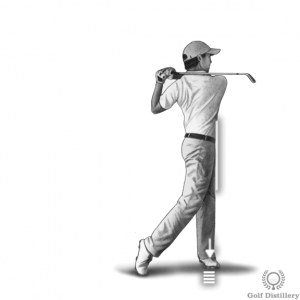
Weight Should Be (Almost) Entirely Over the Left Foot
While your body weight should be evenly split over your two feet at the start of the swing at address, your finish position at the end of the follow through should see all of it resting on top of your left foot.
This is in contrast to seeing your weight located on your right foot at address and during the follow through, which happen in a reverse pivot swing error.
Indeed, the natural weight flow should move towards the back foot during the backswing and it should move towards the front foot during the downswing, progressively moving towards the front as the swing is completed.
Finally, you should be able to hold your finish in perfect balance until the ball lands, if you needed to. Failure to be able to hold your follow through might be indicative of an off-balance swing. And while that may be apparent in the follow through the balancing issues likely started before impact and is likely costing you in the quality of your golf shots.
- Senior Golf Balls: Choosing the Right Golf Ball
 Picking the right golf ball becomes even more crucial for older golfers seeking to maximize both enjoyment and performance on the course.
Picking the right golf ball becomes even more crucial for older golfers seeking to maximize both enjoyment and performance on the course. - Senior Golfers and Playing in the Sun: Health, Enjoyment, and Practical Tips
 As more seniors embrace the sport, particularly in retirement-friendly sunny locations, it’s vital to understand both the joys and the considerations that come with playing golf under the sun.
As more seniors embrace the sport, particularly in retirement-friendly sunny locations, it’s vital to understand both the joys and the considerations that come with playing golf under the sun. - Senior Golf Practice: A Complete Guide to Effective Training
 This post provides a complete guide for senior golfers on how to practice efficiently and safely, with actionable tips and routines designed for the mature athlete.
This post provides a complete guide for senior golfers on how to practice efficiently and safely, with actionable tips and routines designed for the mature athlete. - Pre-Owned Drivers & Fairway Woods: Top Picks for Senior Golfers plus you will save big!
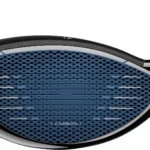 Discover how upgrading to pre-owned drivers and fairway woods can elevate your game while saving you money! Senior golfers often face unique challenges on the course, from slower swing speeds to reduced distance. This article highlights top picks for clubs that are lightweight, forgiving, and designed for higher ball trajectories to help you achieve more… Read more: Pre-Owned Drivers & Fairway Woods: Top Picks for Senior Golfers plus you will save big!
Discover how upgrading to pre-owned drivers and fairway woods can elevate your game while saving you money! Senior golfers often face unique challenges on the course, from slower swing speeds to reduced distance. This article highlights top picks for clubs that are lightweight, forgiving, and designed for higher ball trajectories to help you achieve more… Read more: Pre-Owned Drivers & Fairway Woods: Top Picks for Senior Golfers plus you will save big! - How to Address and Improve Slow Play on the Golf Course: Tips for Golfers and Course Management
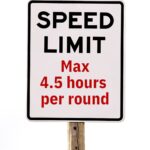 Slow play on the golf course is a common frustration for players, and almost every golfer has experienced it at some point. There’s nothing more discouraging than being in the zone, ready to take on the beautiful game, only to find yourself stuck behind a group inching along like they have nowhere else to be.… Read more: How to Address and Improve Slow Play on the Golf Course: Tips for Golfers and Course Management
Slow play on the golf course is a common frustration for players, and almost every golfer has experienced it at some point. There’s nothing more discouraging than being in the zone, ready to take on the beautiful game, only to find yourself stuck behind a group inching along like they have nowhere else to be.… Read more: How to Address and Improve Slow Play on the Golf Course: Tips for Golfers and Course Management
